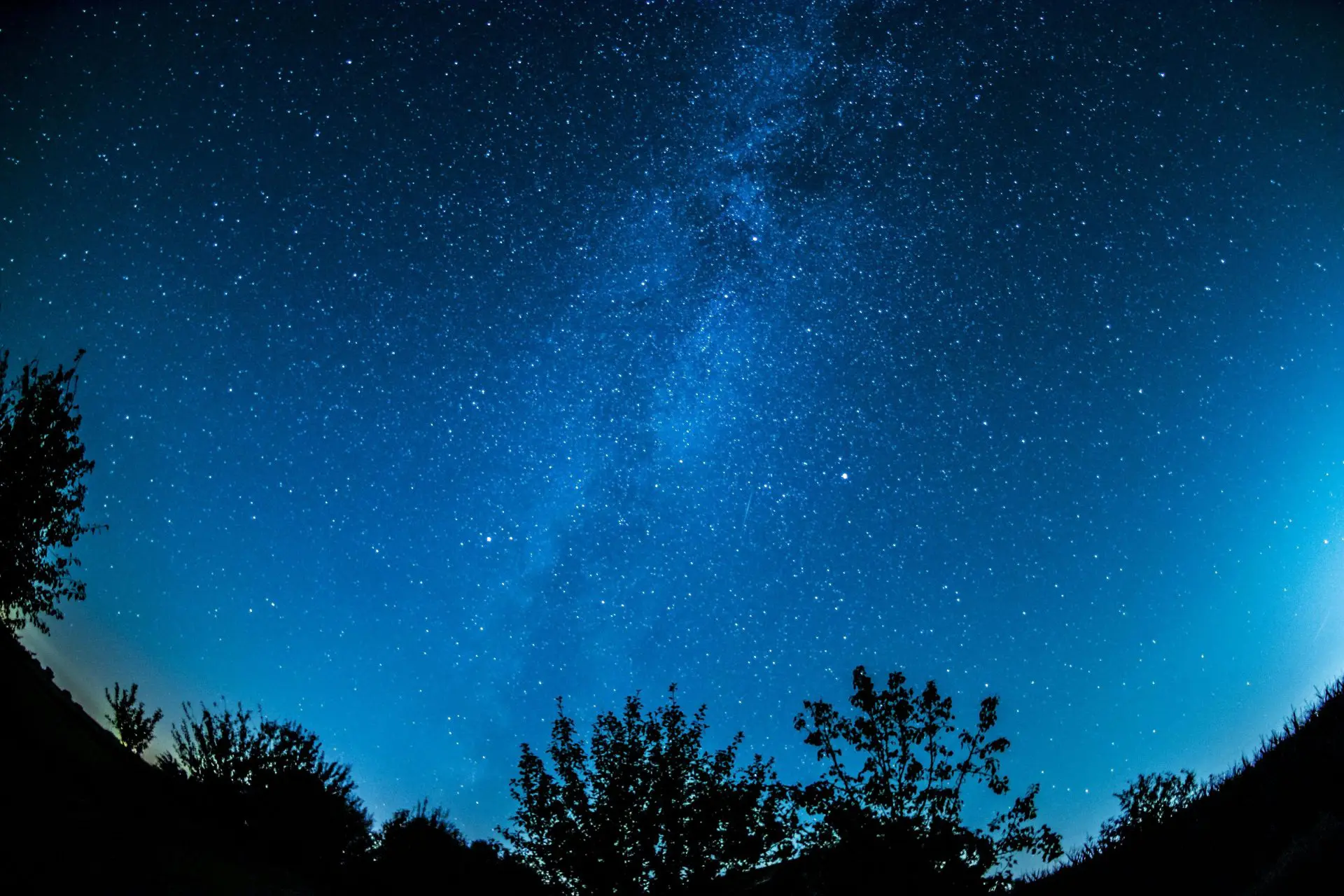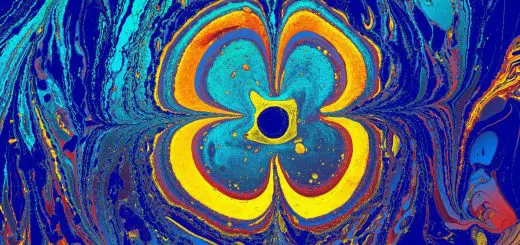The Witches’ Sabbath: Spanish Witchcraft Myths

Looking for more amazing products? Check out our online store and explore our collection here! Happy shopping!
Before diving in, please note: This post is for informational purposes only. If you’d like to know more about how we approach topics, feel free to check out our friendly Disclaimer Page.
Hey there, amazing readers! 
We’re committed to delivering quality posts, and your support (even just sticking around despite the ads) means everything to us. So, bear with us, and thanks for helping us keep the good vibes rolling. Now, on to the fun stuff!
TRANSLATE BUTTON AT THE END OF THE ARTICLE
A Quick Overview
Spanish witchcraft myths have long been intertwined with the country’s history and culture.
The Witches’ Sabbath, a gathering of witches and demons to perform dark rituals, has captured the imagination of people for centuries.
These myths have their origins in ancient beliefs, religious practices, and social fears.
In this article, we will delve into the origins, historical accounts, rituals, and practices of the Witches’ Sabbath in Spain.
We will also explore the influence of Catholicism, regional variations, famous cases, modern interpretations, the impact of the Inquisition, folklore, comparisons to other European traditions, and contemporary views on Spanish witchcraft.
Origins of Spanish Witchcraft Beliefs
Spanish witchcraft beliefs have roots in pre-Christian traditions, such as Celtic and Roman pagan practices.
With the spread of Christianity, these beliefs merged with the Church’s teachings, creating a complex tapestry of folklore and superstition.
The concept of the Witches’ Sabbath likely evolved from ancient fertility rituals, shamanic practices, and medieval demonology.
As Spain went through periods of political turmoil and religious upheaval, fears of witchcraft and the supernatural grew, leading to the widespread belief in witches’ Sabbaths.
Historical Accounts of Witches’ Sabbaths
Historical accounts of witches’ Sabbaths in Spain date back to the Middle Ages, with the infamous trials of the Spanish Inquisition playing a significant role in propagating these beliefs.
Witnesses testified to seeing witches gather in remote locations, such as mountain tops or abandoned churches, to engage in rituals that defied Christian teachings.
The Inquisition’s ruthless persecution of suspected witches fueled the hysteria surrounding the Witches’ Sabbath, leading to numerous executions and witch hunts throughout Spain.
Rituals and Practices of the Witches’ Sabbath
The rituals and practices of the Witches’ Sabbath were said to involve blasphemy, sexual orgies, sacrifices, and pacts with the Devil.
Witches were believed to fly to the Sabbath on broomsticks or goats, where they would dance, feast, and participate in dark ceremonies.
Some accounts described witches transforming into animals, communing with demons, and casting spells on their enemies.
These rituals were seen as a threat to the moral fabric of society, leading to harsh punishments for those accused of participating in the Sabbath.
Influence of Catholicism on Witchcraft Myths
Catholicism played a significant role in shaping Spanish witchcraft myths, as the Church condemned any form of pagan or heretical practices.
The concept of the Witches’ Sabbath reflected the Church’s fears of moral decay, demonic influence, and the power of the Devil.
The Inquisition’s efforts to eradicate heresy and witchcraft led to the persecution of countless individuals accused of participating in Sabbaths or practicing magic.
The blending of Catholic teachings with ancient folklore created a potent mix of superstition and fear that persisted for centuries.
Regional Variations in Spanish Witchcraft
Spanish witchcraft myths varied across regions, with each area having its own traditions, beliefs, and practices related to witchcraft.
In some parts of Spain, witches were seen as healers and wise women, while in others, they were feared as malevolent sorcerers.
The rituals and symbolism of the Witches’ Sabbath also differed from region to region, reflecting the diverse cultural influences that shaped Spanish witchcraft beliefs.
These regional variations added to the richness and complexity of Spanish witchcraft folklore.
Famous Cases of Alleged Witches’ Sabbaths
Spain has a long history of infamous cases involving alleged witches’ Sabbaths, such as the Basque Witch Trials and the Toledo Witch Trials.
These trials were marked by accusations of devil worship, heresy, and witchcraft, leading to the torture and execution of numerous individuals.
One of the most well-known cases is that of the Basque witch hunter, Alonso Salazar, who claimed to have witnessed witches’ Sabbaths firsthand and documented his experiences in a detailed account.
These cases fueled the public’s fear of witchcraft and contributed to the widespread belief in the reality of the Witches’ Sabbath.
Modern Interpretations of Spanish Witchcraft
In modern times, Spanish witchcraft has experienced a revival, with practitioners exploring ancient traditions, folklore, and mysticism.
The Witches’ Sabbath continues to fascinate people, inspiring artists, writers, and scholars to explore its symbolism and meaning.
Modern interpretations of Spanish witchcraft focus on reclaiming lost traditions, honoring nature, and connecting with spiritual forces.
While the fear of witchcraft has diminished, the legacy of the Witches’ Sabbath lives on in popular culture and contemporary witchcraft practices.
Impact of Inquisition on Witchcraft Beliefs
The Spanish Inquisition had a profound impact on shaping witchcraft beliefs in Spain, as it targeted individuals suspected of heresy, witchcraft, and other forbidden practices.
The Inquisition’s harsh methods of interrogation, torture, and punishment instilled fear in the population and reinforced the belief in the existence of witches’ Sabbaths.
The Inquisition’s efforts to root out heresy led to the persecution of innocent individuals and the destruction of ancient traditions, leaving a lasting legacy of suspicion and paranoia surrounding witchcraft in Spain.
Folklore and Legends Surrounding Witchcraft
Spanish folklore is replete with stories of witches, demons, and supernatural beings that have been passed down through generations.
These tales often feature witches’ Sabbaths, curses, shape-shifting, and encounters with the Devil.
The figure of the witch is both feared and revered in Spanish folklore, symbolizing the power of nature, magic, and the unknown.
Legends of witches’ Sabbaths continue to captivate audiences, serving as cautionary tales of the dangers of dabbling in the occult and defying societal norms.
Comparisons to Other European Witchcraft Traditions
Spanish witchcraft traditions share similarities with other European witchcraft beliefs, such as those in England, Germany, and Italy.
The concept of the Witches’ Sabbath, the role of the Devil, and the practice of casting spells are common themes in European witchcraft folklore.
However, each country has its unique traditions, rituals, and interpretations of witchcraft that reflect its cultural and historical context.
By studying the similarities and differences between European witchcraft traditions, we can gain a deeper understanding of the universal themes and fears that have shaped these beliefs.
Contemporary Views on the Witches’ Sabbath
In contemporary times, the Witches’ Sabbath continues to be a source of fascination and mystery for many people.
While belief in witchcraft has waned, the legacy of the Witches’ Sabbath lives on in popular culture, literature, and folklore.
Modern witches and pagans often incorporate elements of the Witches’ Sabbath into their practices, honoring ancient traditions and connecting with spiritual forces.
Whether seen as a relic of the past or a symbol of rebellion, the Witches’ Sabbath endures as a powerful and enduring myth that continues to captivate our imaginations.
Conclusion
The Spanish Witches’ Sabbath is a complex tapestry of ancient traditions, religious beliefs, and social fears that have shaped Spanish witchcraft myths for centuries.
From its origins in pre-Christian folklore to its evolution through the Spanish Inquisition, the Witches’ Sabbath has remained a potent symbol of the supernatural and the unknown.
While modern interpretations of Spanish witchcraft may vary, the legacy of the Witches’ Sabbath continues to influence popular culture, literature, and contemporary witchcraft practices.
By exploring the historical accounts, rituals, practices, and impact of the Inquisition on witchcraft beliefs, we can gain a deeper understanding of the rich and diverse tapestry of Spanish witchcraft myths.

The Enlightenment Journey is a remarkable collection of writings authored by a distinguished group of experts in the fields of spirituality, new age, and esoteric knowledge.
This anthology features a diverse assembly of well-experienced authors who bring their profound insights and credible perspectives to the forefront.
Each contributor possesses a wealth of knowledge and wisdom, making them authorities in their respective domains.
Together, they offer readers a transformative journey into the realms of spiritual growth, self-discovery, and esoteric enlightenment.
The Enlightenment Journey is a testament to the collective expertise of these luminaries, providing readers with a rich tapestry of ideas and information to illuminate their spiritual path.
Our Diverse Expertise
While our primary focus is on spirituality and esotericism, we are equally passionate about exploring a wide range of other topics and niches 

To ensure we provide the most accurate and valuable insights, we collaborate with trusted experts in their respective domains 
Our blog originally focused on spirituality and metaphysics, but we’ve since expanded to cover a wide range of niches. Don’t worry—we continue to publish a lot of articles on spirituality! Frequently visit our blog to explore our diverse content and stay tuned for more insightful reads.
Hey there, amazing reader! 
Check out our store here and take a peek at some of our featured products below! Thanks for being awesome!












